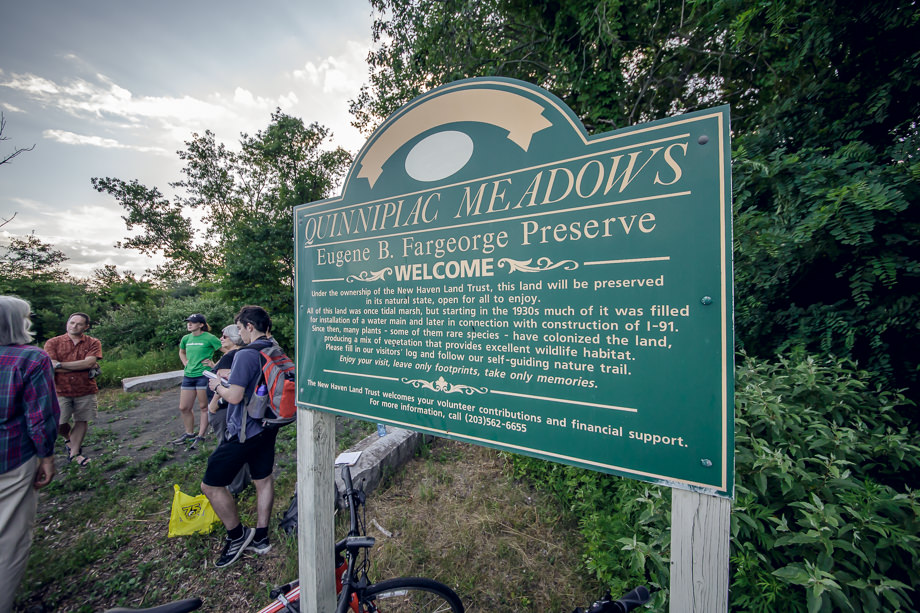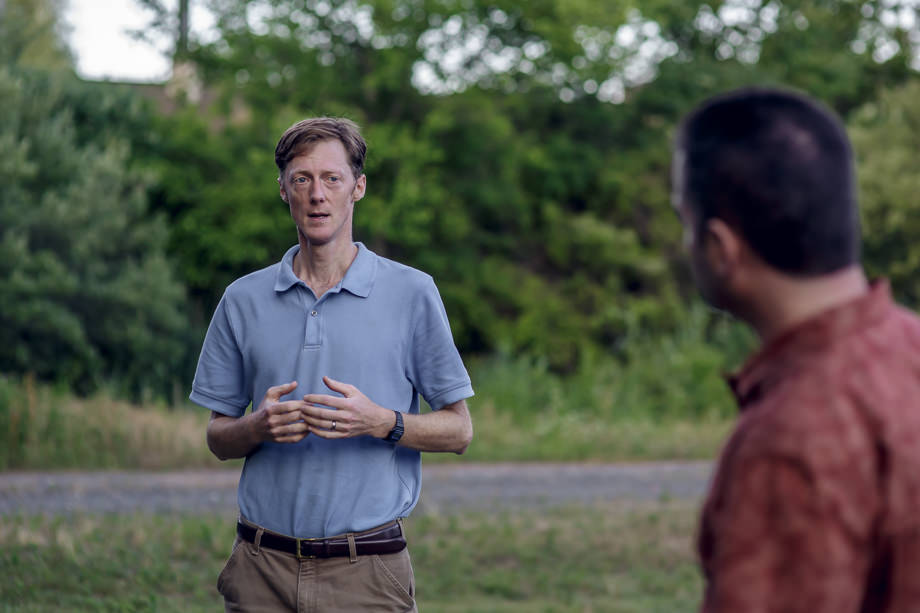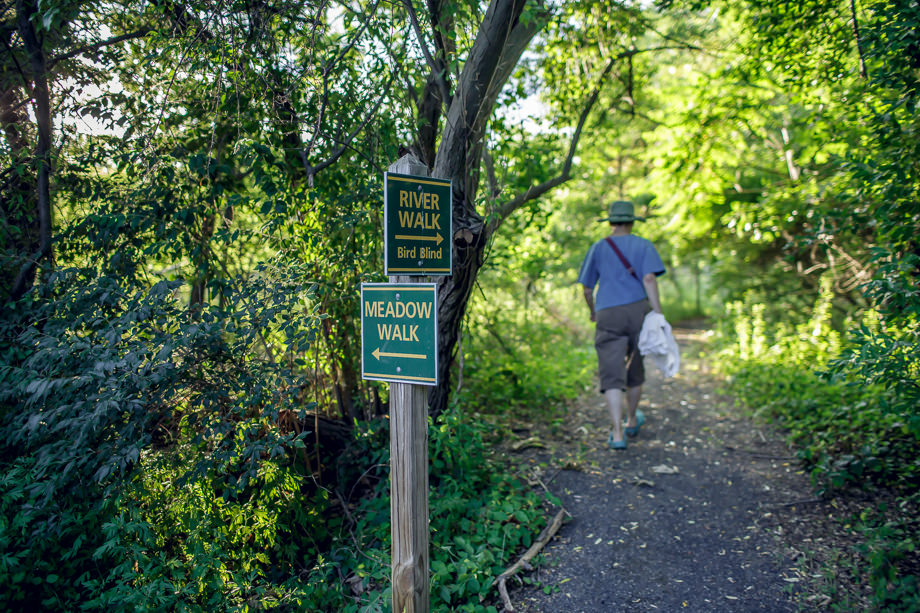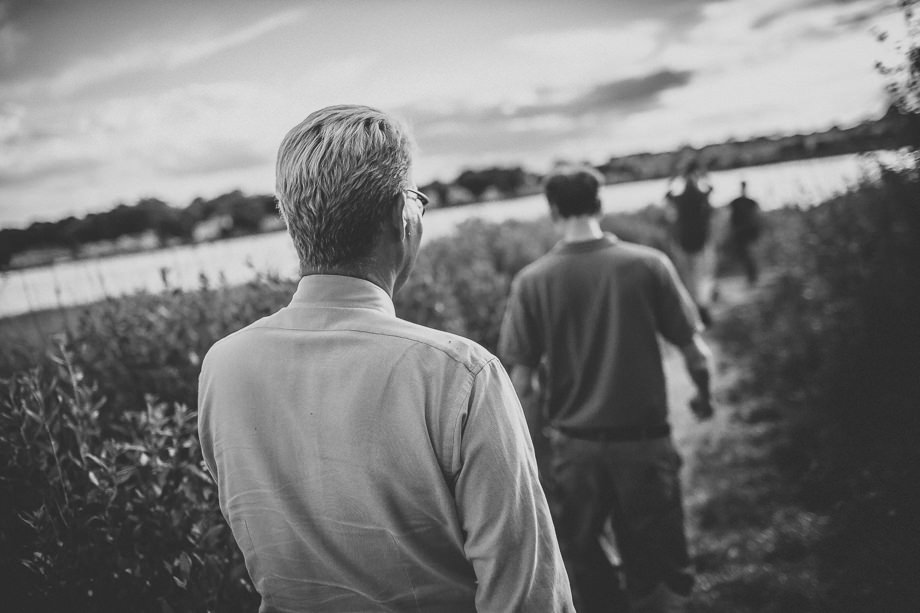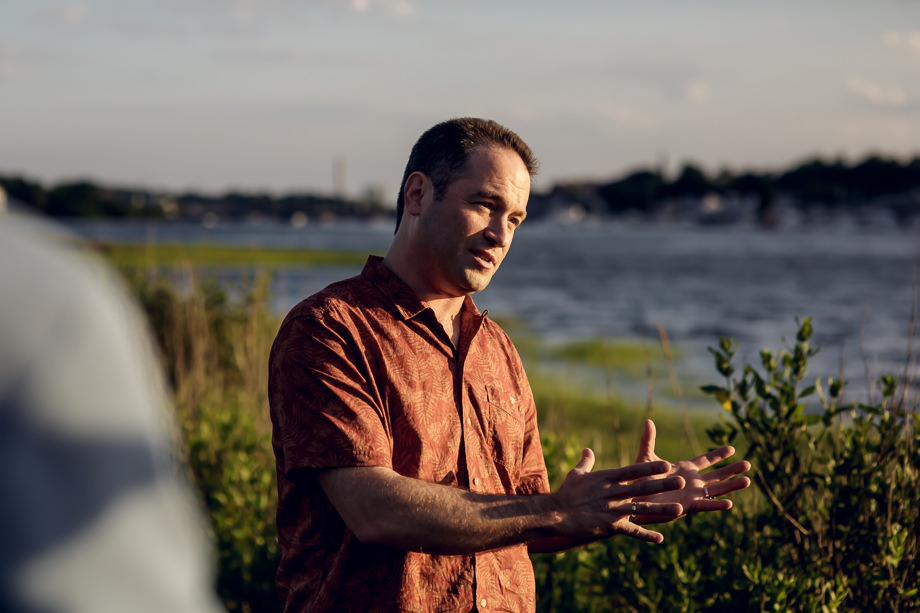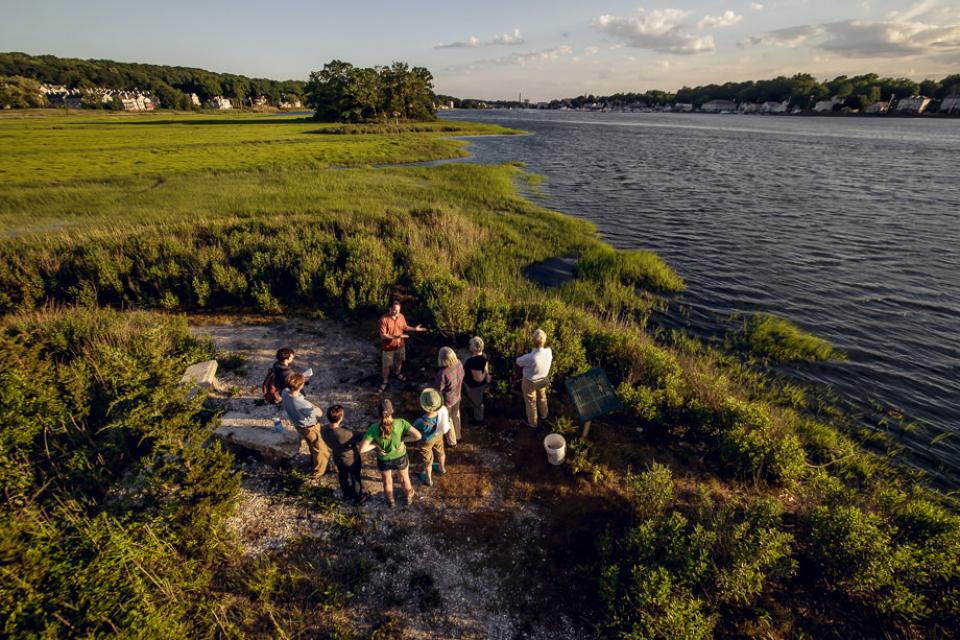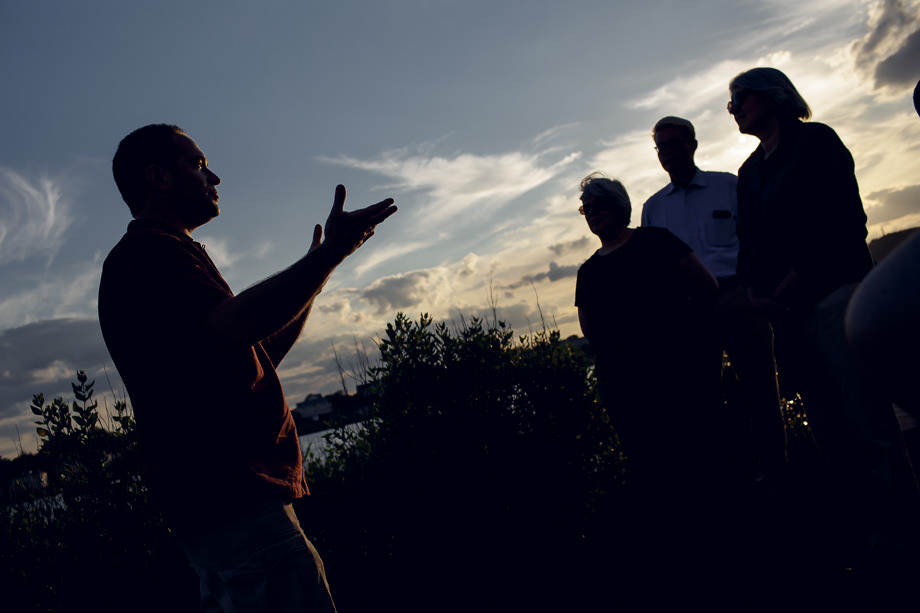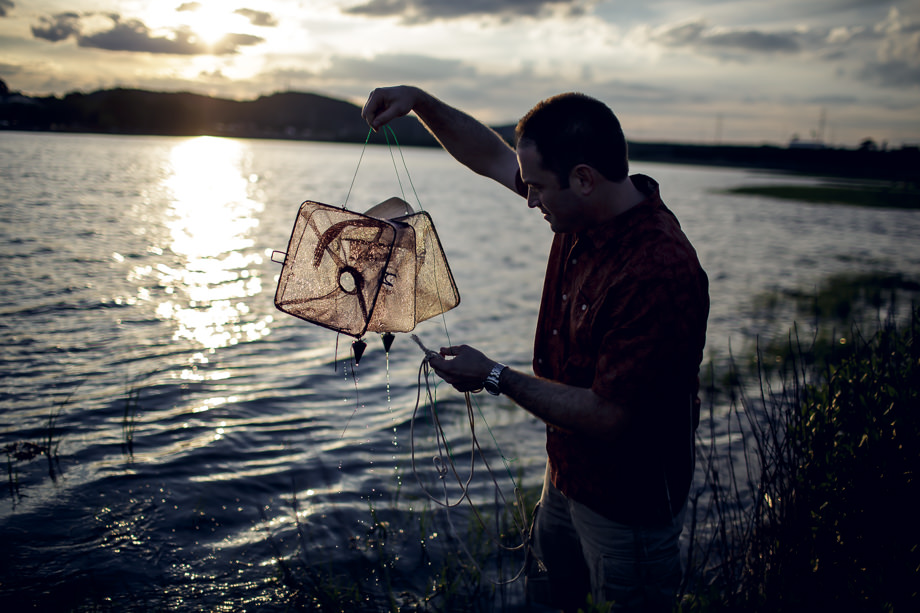Something Fishy
The New Haven Land Trust is perhaps best known for managing 44 community gardens throughout New Haven and 6 coastal land preserves. Yet it also has an active events calendar with topics ranging from workshops on gardening to presentations on history and ecology.
University of New Haven Professor of Marine Biology John Kelly’s recent talk at Quinnipiac Meadows described the health of the fish population. Kelly studies the small mummichog fish in order to trace one of the primary threats facing the river’s fish population chemicals that are contained in pesticides and fertilizers, among other everyday products.
According to Kelly, endocrine disruptors destablize the hormones of male fish, leading to gender changes that can upset the population balance. Presently, Kelly has found that the fish in the Quinnipiac River appear unaffected by the chemical.
“Professor Kelly’s presentation gave participants in the walk a much better sense of how research is conducted to determine what potential human impacts may influence the health of the Quinnipiac River. What’s particularly interesting is just how much the health of the Quinnipiac River has improved in recent years – thanks in large part to improved environmental regulation and monitoring and scientific research. The phenomenon of the health of the Quinnipic River improving is supported by Professor Kelly’s research that indicates that endocrine disruptors don’t appear to be in high enough concentration in the Q River to negatively impact several fish species that he studies.”
The New Haven Land Trust holds educational and outdoor events regularly throughout the year. Visit their calendar for more information.
Both the University of New Haven’s research on the Quinnipiac River and the New Haven Land Trust are grant recipients of the Quinnipiac River Fund, a fund at The Community Foundation for Greater New Haven.
In addition to hosting other educational events at Quinnipiac Meadows this summer, the New Haven Land Trust is also working on installing new educational signs in the preserve and improving the preserve’s walking trails.
Photo Credit: Ian Christmann
